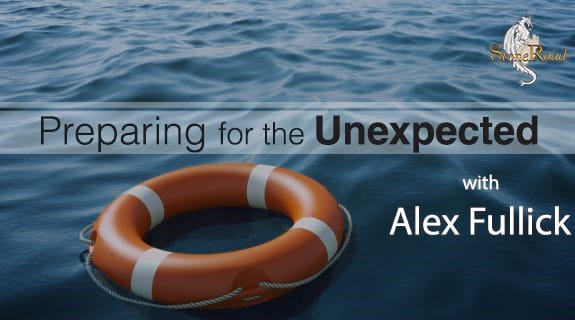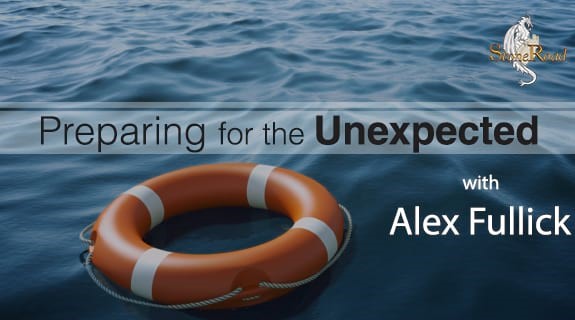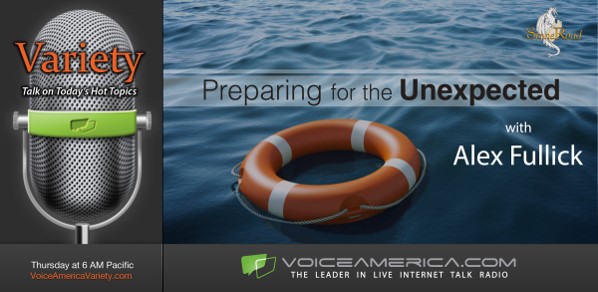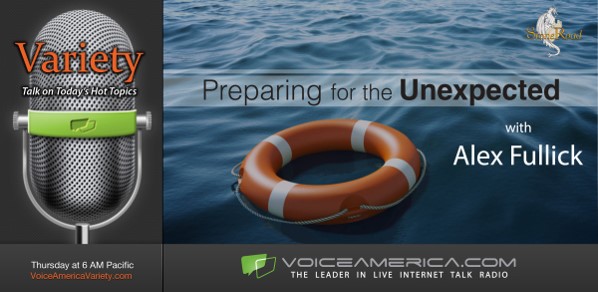Building Team Resilience w/ Kathryn McEwen
Join me Thursday, June 22/23 at 1pm EST! I’m joined by globally renown resilience team building...
Read Moreby Alex Fullick | Apr 7, 2023 | Business | 0 |
Join me Thursday, June 22/23 at 1pm EST! I’m joined by globally renown resilience team building...
Read Moreby VoiceAmerica | Dec 19, 2022 | Business | 0 |
Join me Thursday, March 9/23 at 1pm EST on the VoiceAmerica Business Channel! As a result of...
Read Moreby VoiceAmerica | Mar 18, 2022 | Business | 0 |
Gone are the days when employees were considered work machines and strict work culture was in...
Read Moreby VoiceAmerica | Feb 14, 2022 | Business | 0 |
Join me Thursday, Sep 1/22, at 1pm EST! I talk with award-winning IT, Continuity, Resilience, Risk...
Read Moreby VoiceAmerica | Nov 26, 2021 | Business | 0 |
Join me Feb 3/22 at 1pm EST! What opportunities are there in the Resilience / Business Continuity...
Read Moreby VoiceAmerica | Feb 2, 2021 | Variety | 0 |
Join me September 9/21, at 9am EST! Do you want to be better at what you do? Do you want stronger...
Read Moreby VoiceAmerica | Jan 6, 2021 | Variety | 0 |
Join me April 8/21, 9am EST. Each organization has its own culture and how it perceives...
Read Moreby VoiceAmerica | Jun 8, 2020 | Business | 0 |
To receive the weekly blogs via email, please sign-up here. This blog is provided by Terry Jones,...
Read Moreby VoiceAmerica | May 4, 2020 | Business | 0 |
To start or to continue receiving the weekly blogs via email, please sign-up using this link:...
Read Moreby VoiceAmerica | Apr 27, 2020 | Business | 0 |
To start or to continue receiving the weekly blogs via email, please sign-up using this link:...
Read Moreby VoiceAmerica | Dec 23, 2019 | Business | 0 |
To start or to continue receiving the weekly blogs via email, please sign-up using this link:...
Read Moreby VoiceAmerica | Dec 17, 2019 | Business | 0 |
To start or to continue receiving the weekly blogs via email, please sign-up using this link:...
Read More











